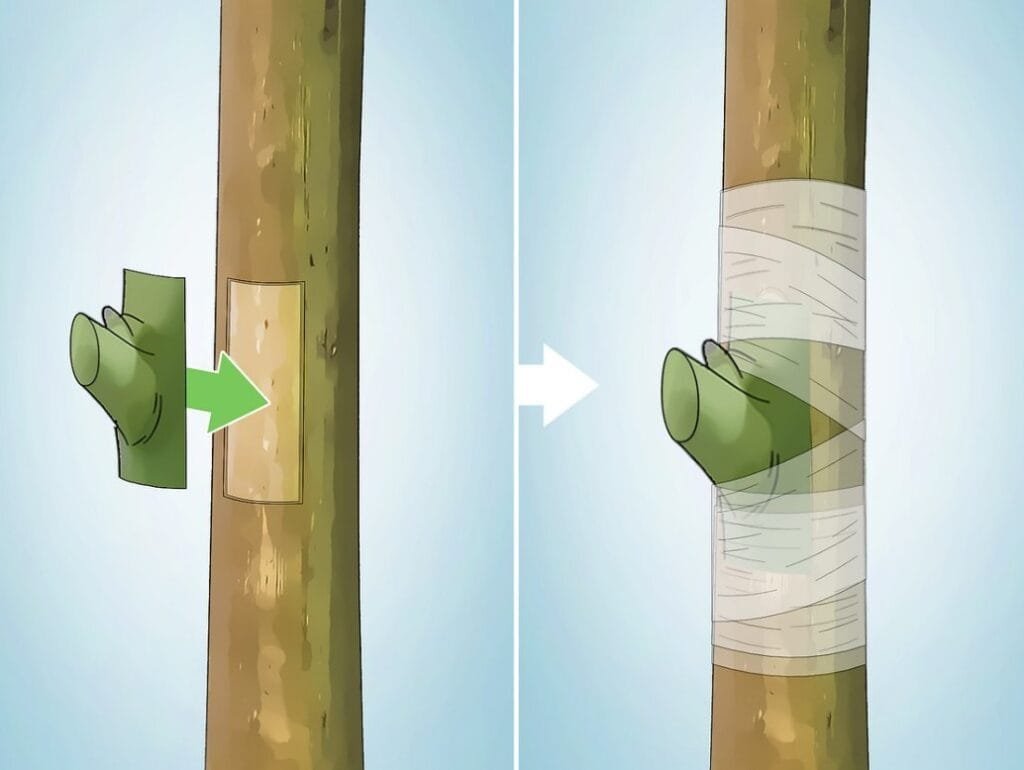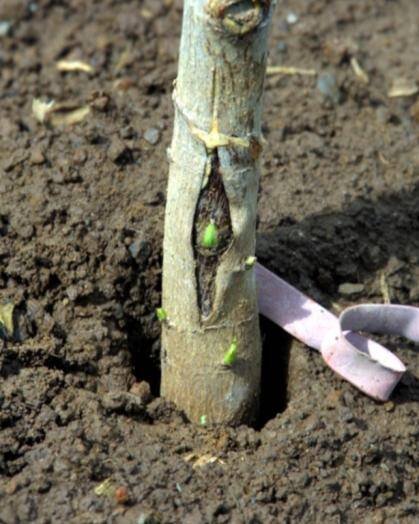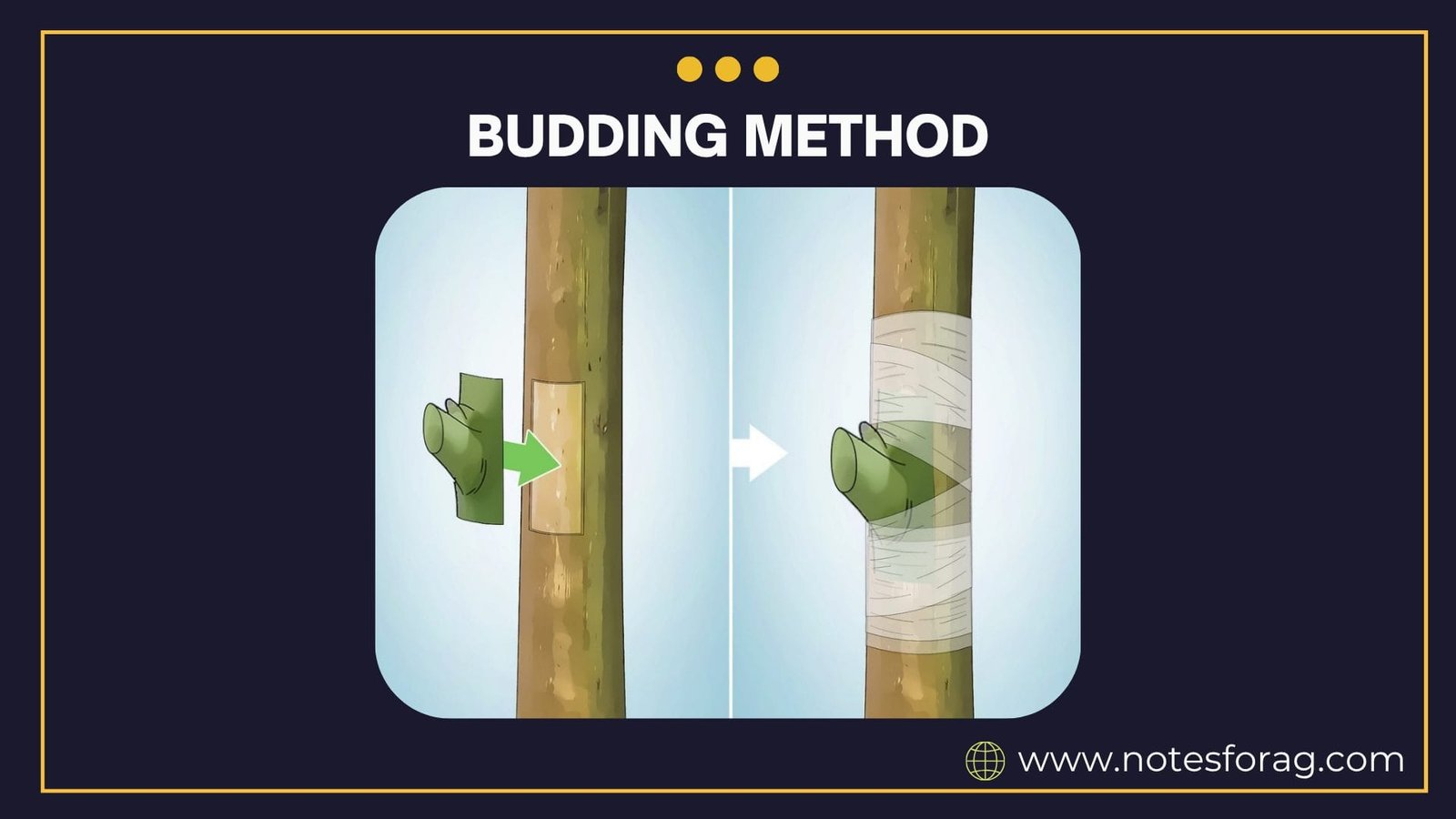1. Introduction to Budding

Budding is a form of asexual plant propagation widely used in horticulture to clone plants with desirable traits. This technique involves the insertion of a single bud from one plant (scion) into the stem or rootstock of another compatible plant. Once the bud heals and starts to grow, it will develop into a new plant with the same characteristics as the parent. Budding is especially favored in fruit trees and ornamental plants for its simplicity, cost-effectiveness, and success rate.
Summary of Budding
- Budding is a quick and reliable way to clone plants, using a single bud grafted onto rootstock to replicate elite traits in fruit trees and ornamentals.
- This method ensures uniformity and early fruiting, offering a space- and cost-efficient alternative to seeds.
- Success hinges on timing, compatibility, and precision, positioning budding as a versatile, high-value horticultural tool.
Table of Contents
2. Importance and Advantages of Budding
2.1 Cloning Desirable Traits
Budding allows gardeners and farmers to propagate plants with specific traits such as disease resistance, improved fruit quality, or aesthetic value. Since it produces genetically identical offspring, it preserves the traits of superior varieties.
2.2 Cost and Space Efficiency
Compared to growing from seeds, budding is faster and more space-efficient. It reduces the cost of cultivation and nursery management while enabling large-scale propagation.
2.3 Early Fruiting and Uniformity
Budded plants usually start fruiting earlier than seed-grown plants and show greater uniformity in growth, yield, and appearance. This makes harvesting and marketing easier for commercial growers.
3. Basic Principles of Budding
3.1 Compatibility
Budding requires compatibility between the scion (bud) and the rootstock. The vascular cambium layers of both plants must align for successful union and nutrient exchange.
3.2 Timing and Season
The best time for budding is during the active growing season when the bark slips easily. This typically occurs in spring or late summer, depending on the species and climate.
3.3 Tools and Hygiene
Clean, sharp tools are essential to make precise cuts and reduce infection risks. Sterilization of knives and other equipment helps prevent disease transmission.
4. Types of Budding Techniques
4.1 T-Budding

Also known as shield budding, this method involves making a T-shaped cut in the bark of the rootstock and inserting a shield-shaped bud. It’s commonly used in roses, citrus, and stone fruits.
4.2 Patch Budding
A rectangular patch of bark containing the bud is removed from the scion and fitted into a similarly sized window cut in the rootstock. This technique is ideal for thicker-barked trees like pecans and walnuts.
4.3 Chip Budding
In chip budding, a small chip of wood with a bud is inserted into a matching notch on the rootstock. It can be done even when the bark isn’t slipping, offering flexibility in timing.
4.4 Ring Budding
A ring of bark with a bud is cut from the scion and placed onto a girdled area of the rootstock. Though less common, it can be effective in specific woody plants.
5. Step-by-Step Budding Procedure
5.1 Selecting Healthy Plant Material
Choose vigorous, disease-free rootstock and scion material. The bud should be mature but not overly woody.
5.2 Preparing the Bud
Carefully cut the bud from the donor plant with a bit of bark and cambium layer intact. Avoid damaging the bud eye.
5.3 Inserting the Bud
Make an appropriate cut on the rootstock and insert the bud snugly. Ensure cambium layers match to facilitate healing.
5.4 Wrapping and Securing
Use budding tape or polythene strips to wrap the graft site tightly. Leave the bud exposed while covering the cut area.
5.5 Aftercare and Monitoring
Keep the plant well-watered and shaded if necessary. Remove any sprouts from below the bud and check for union formation within two to three weeks.
6. Factors Influencing Budding Success
6.1 Environmental Conditions
Temperature, humidity, and light all play a role in budding success. Warm, humid weather supports faster healing and bud growth.
6.2 Rootstock and Scion Selection
Genetic compatibility, vigor, and health of the parent plants directly affect the chances of a successful graft.
6.3 Operator Skill
Experience, precision in cutting, and cleanliness significantly influence the success rate. Even slight misalignment can cause failure.
7. Common Problems and Troubleshooting
7.1 Bud Drying or Death
Improper wrapping, delayed aftercare, or hot dry weather can cause the bud to dry out before it takes.
7.2 Infection at Graft Site
Poor sanitation or wet conditions may lead to fungal or bacterial infections. Always sterilize tools and avoid budding during rain.
7.3 Cambium Mismatch
If the cambium layers don’t align properly, nutrient flow will be blocked, and the bud will not develop.
8. Applications and Uses of Budding
8.1 Fruit Tree Propagation
Budding is widely used in apples, citrus, mangoes, peaches, and plums to replicate elite varieties and improve yields.
8.2 Ornamental Plants

Many ornamental shrubs and flowering plants like roses, hibiscus, and camellias are propagated by budding for uniform color and shape.
8.3 Disease Management
Using resistant rootstocks and scions through budding helps control soil-borne diseases and increase plant longevity.
9. Conclusion
Budding is one of the most efficient and strategic asexual propagation techniques, enabling gardeners and growers to preserve and multiply plants with ideal genetic traits. By grafting a single bud from a superior scion onto compatible rootstock, budding produces genetically identical offspring that maintain all parent characteristics such as flower color, disease resistance, or fruit quality. Early fruiting, uniform growth, and reduced nursery space make it especially valuable for both commercial and home horticulture.
Mastering budding requires careful attention to several critical elements. Timing is essential, as budding should be done when the bark slips easily and the cambium layers are actively growing. Precision in tool use is equally important to prevent infection and ensure a clean graft. Whether using T-budding, chip budding, or patch budding, the key to success lies in perfect alignment of the cambium layers between scion and rootstock. Environmental factors like temperature, humidity, and proper aftercare such as wrapping and shading play vital roles in the successful establishment of the bud.
Although budding offers numerous advantages, it also demands a certain level of skill and attention. Challenges such as disease transmission, bud desiccation, or incompatibility between scion and rootstock can reduce success rates if proper techniques and hygiene are not followed. However, with adequate training and good practices, high rates of success can be routinely achieved.
Budding remains an essential technique for propagating fruit trees like citrus, apples, and peaches, as well as ornamentals such as roses and camellias. Its low cost, high success rate, and ability to preserve valuable genetic traits make it a cornerstone of modern plant propagation. As horticulture continues to evolve, budding will remain a reliable and sustainable tool, adaptable across scales and species, supporting biodiversity, productivity, and quality in plant cultivation.
Frequently Asked Questions (FAQs)
What is budding in plant propagation?
Budding is a grafting technique where a single vegetative bud from a superior scion is inserted into the rootstock, creating a genetically identical clone with all desirable traits.
How long does it take for a bud to grow after budding?
Typically, a successfully grafted bud begins to grow and show signs of union within two to three weeks, depending on species and environmental factors.
Which budding technique is best for thick-barked trees?
Patch and chip budding are especially effective on thicker bark where T-budding is difficult; they involve fitting rectangular or sliced bud sections into matching cuts
Related Articles

